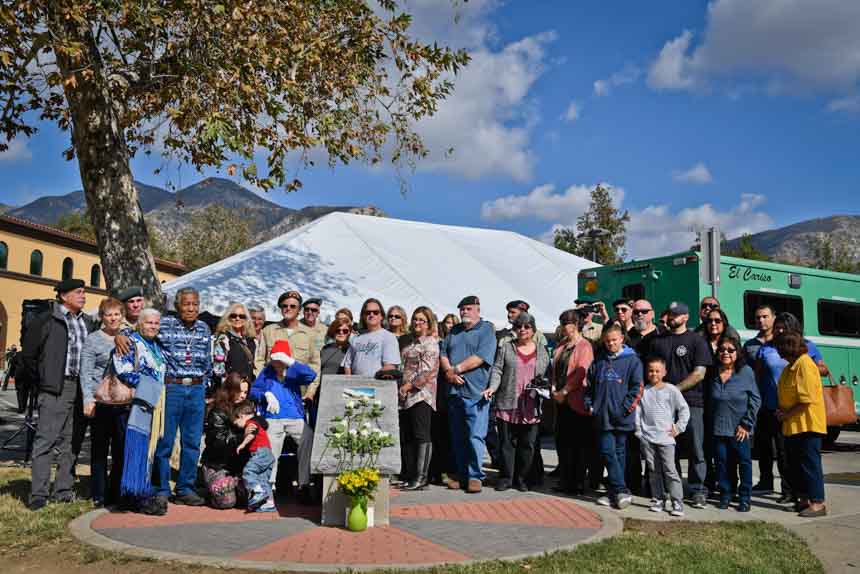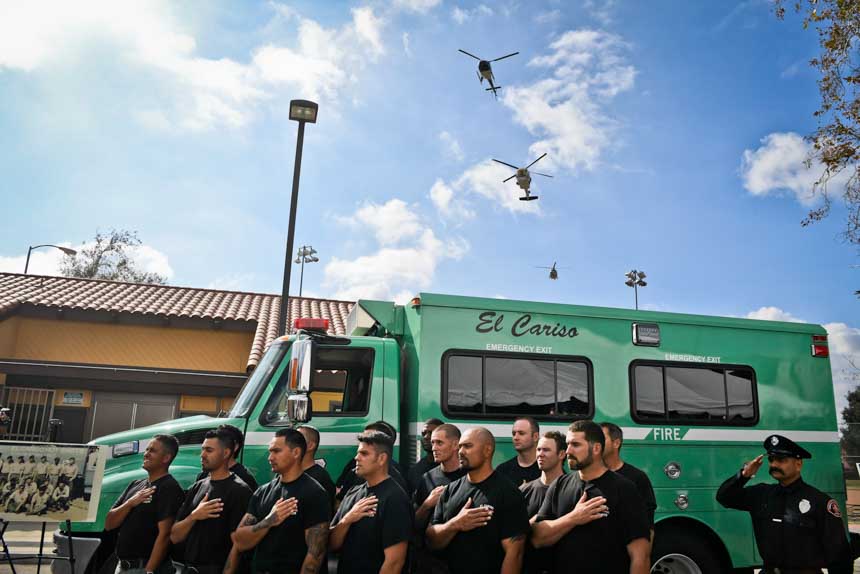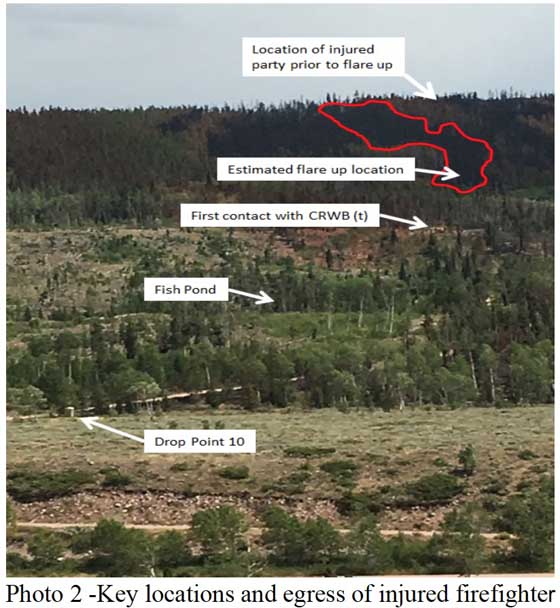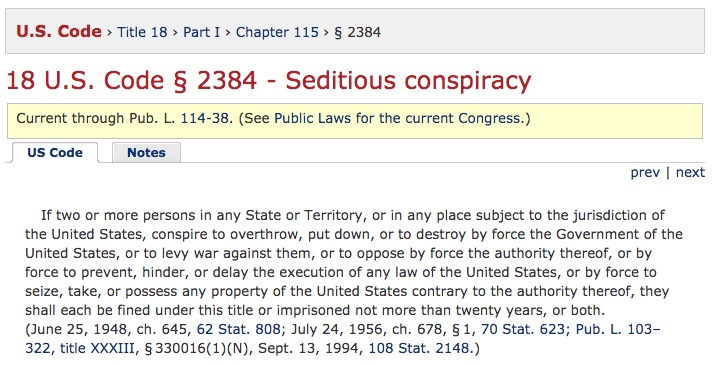Above: Photo of the Foss Lake Fire, from the report.
A report has been released for a prescribed fire that escaped on May 19, 2016 and burned an unexpected 1,008 acres 10 miles west of Ely, Minnesota. The U.S. Forest Service had intended to burn 78 acres, but extremely dry conditions and winds pushed a spot fire beyond the capabilities of the Hotshot crew and the engine initially assigned to the project. The fire danger index for the Energy Release Component at the time was setting 20-year maximums.
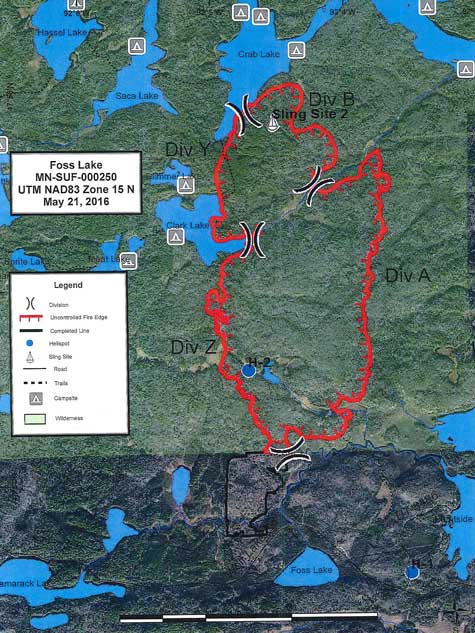
You can read the entire report here, but below are highlights:
- Some of the firefighting resources listed as contingency forces in the burn plan were national resources not committed to the prescribed fire and were assigned to other fires when needed on the escape.
- According to a spot weather forecast the conditions that morning were at the hot end of the prescription and in the afternoon may go out of prescription. There was a discussion about possibly having to pause ignition for a period of time in the afternoon.
- The test fire began at 11:40 a.m. Soon thereafter the primary ignition began.
- Within 40 minutes of starting the test fire spot fires began to occur near the fireline, but they were suppressed. At 12:50 p.m. a larger spot fire, 1/4 to 1/2 acre, was discovered 100 yards north of the main burn by firefighters patrolling in a canoe. The firing boss ordered the igniters to slow down.
- When the larger spot fire occurred, firefighters installed a hose lay from a river to the site but were not able to start a pump to supply the water. A replacement pump that had been working in another area that day was brought in but it also refused to run.
- At 12:53 p.m. a water-scooping Beaver air tanker that could carry up to 130 gallons of water was requested by the Zone Fire Management Officer (ZFMO) who was at the site, and 11 minutes later he asked for a Type 3 helicopter.
- At 1:41 p.m. personnel on the fire declined offers or suggestions for “heavy aircraft” and also a Type 1 helicopter that had become available.
- Between 1:59 p.m. and 2:26 p.m. personnel on the fire requested the Type 1 helicopter, air attack, two 20-person crews, a CL-415 scooping air tanker, and two large air tankers.
- At 2:07 p.m. the Burn Boss declared the escaped fire to be a wildfire and began shutting down the original prescribed fire.
- At approximately 1700 a Type 2 Incident Management Team was ordered for the escaped wildfire, which was then several hundred acres in size.
- At 10:09 p.m. all personnel on the prescribed and escaped fires were released and returned to Ely.
Our original report on the escaped prescribed fire last May.




